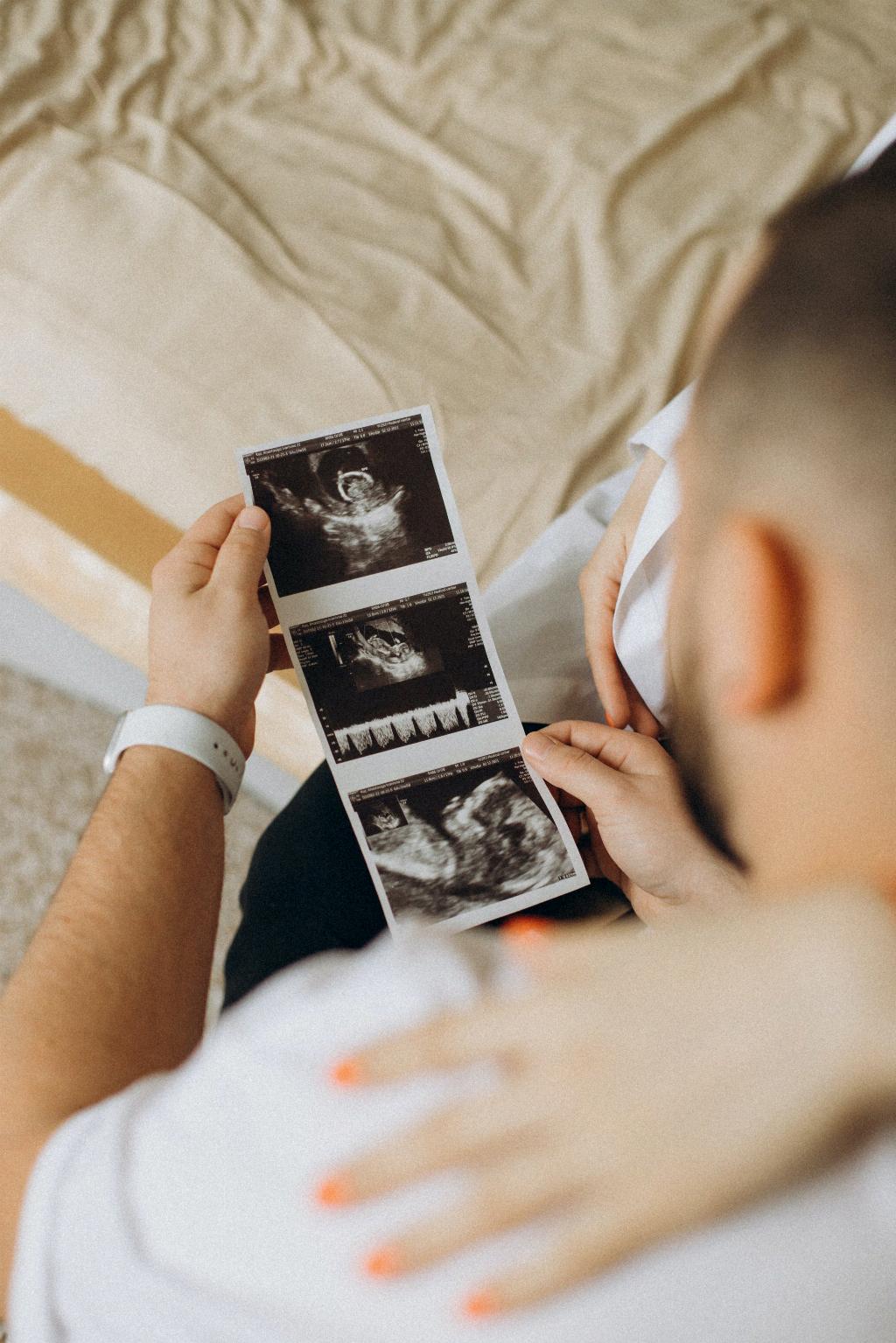Many expectant mothers eagerly anticipate that first magical moment when they feel their baby move. However, at 11 weeks gestation, it’s unlikely that you will be able to feel your baby’s movements just yet. While your little one is certainly active inside your uterus, they are still too small for you to perceive those movements externally.
The first discernible movements of your baby, known as quickening, typically occur between 16 to 20 weeks of pregnancy. Quickening is characterized by those fluttery sensations that signal the beginning of your baby’s movements becoming noticeable to you. Therefore, it’s around this time frame that many mothers-to-be start to experience the joy of feeling their baby move for the first time.
Even though you may not feel your baby’s movements at 11 weeks, rest assured that they are actively wriggling and stretching inside your womb, getting stronger and more coordinated with each passing day. These movements are crucial for your baby’s development, helping them strengthen their muscles and bones while also aiding in the development of their reflexes.
As your pregnancy progresses, you may start to feel those gentle flutters and kicks that serve as a constant reminder of the precious life growing within you. Each mother’s experience of feeling her baby move is unique and special, creating a profound bond between mother and child that only continues to grow stronger as the pregnancy advances.
While it’s common for first-time mothers to start feeling their baby move later in pregnancy, women who have had previous pregnancies may notice these movements earlier, as they are more attuned to the sensations in their body. In any case, feeling your baby move is a heartwarming milestone in your pregnancy journey, signaling the tangible presence of the little one you are nurturing.
For many women, feeling their baby move is a reassuring sign of their baby’s well-being. If at any point you have concerns about your baby’s movements or notice a decrease in activity, it’s important to contact your healthcare provider for guidance and reassurance. Monitoring your baby’s movements and staying attuned to their patterns is a vital aspect of ensuring their health and well-being.
At 11 weeks, your baby is rapidly developing, with their tiny limbs starting to move and their reflexes beginning to kick in. While these movements may not be perceptible to you just yet, they are a clear indication of your baby’s growth and progress. As your pregnancy advances, you will be able to witness and feel these movements more prominently, deepening the connection between you and your baby.
It’s important to remember that every pregnancy is unique, and the timing of when you feel your baby move can vary from person to person. Factors such as the position of the placenta, the baby’s activity level, and your own body shape can influence when you first feel those precious movements. Embrace the journey of pregnancy with patience and joy, eagerly anticipating the moment when you will feel your baby’s first kicks and flutters.
As you continue on this incredible journey of pregnancy, cherish each moment and milestone, from the first ultrasound to feeling your baby move and eventually holding them in your arms. The bond you forge with your baby during pregnancy is profound and enduring, laying the foundation for a lifetime of love and connection between you and your child.
While you may not feel your baby move at 11 weeks, know that the miracle of life is unfolding within you, with each passing day bringing new growth and development for your little one. Stay attuned to your body, listen to your instincts, and trust in the incredible process of pregnancy that is unfolding within you. The journey of feeling your baby move is just beginning, with countless moments of wonder and joy awaiting you along the way.

